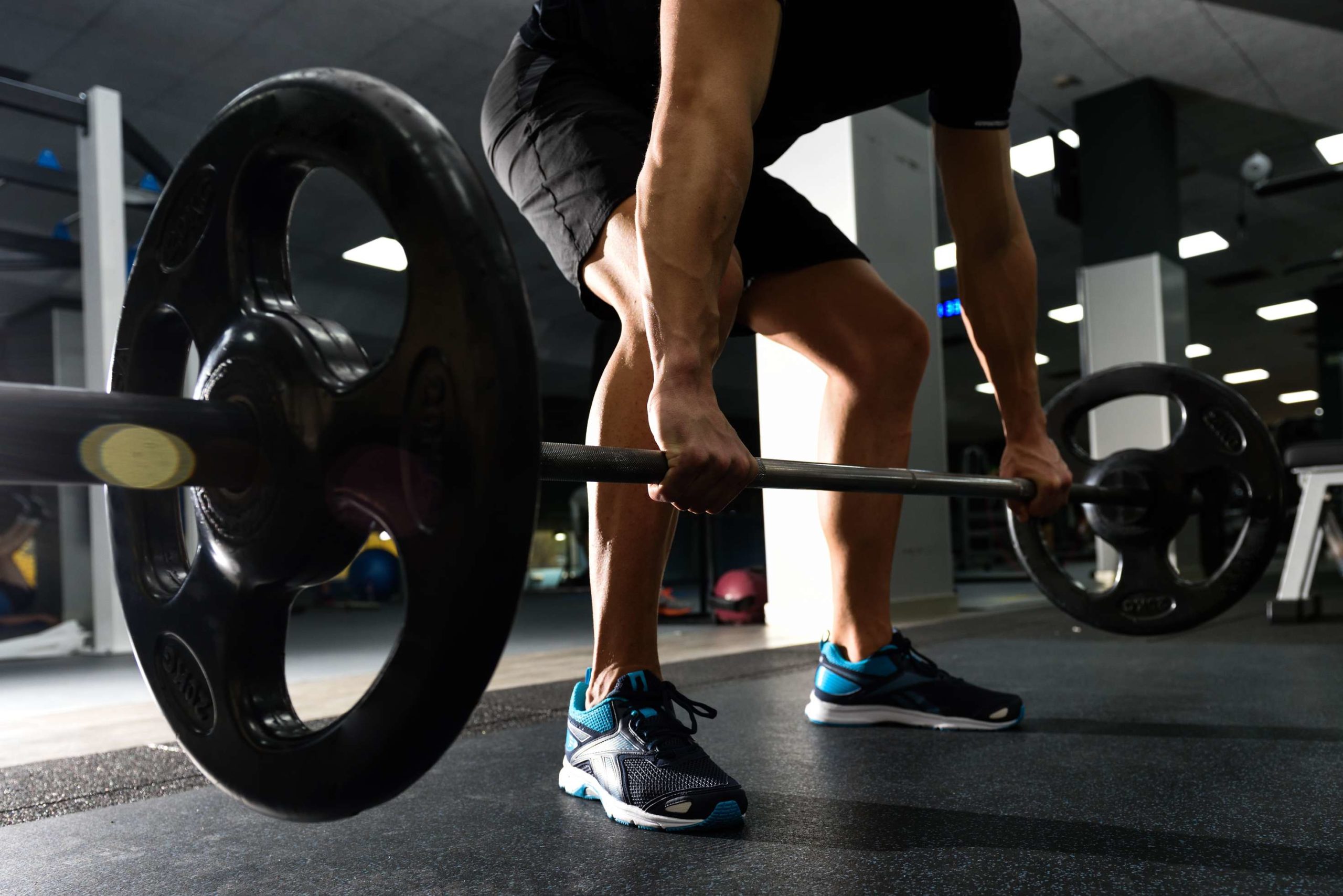The optimal speed of movement during strength training

Fast, slow, or just by feel? What is the optimal speed of movement for strength training? In fact, most athletes don’t pay any attention to this and just get started. This is a pity because the right movement speed during strength training can influence the workout’s success.
Time under tension
Let’s start with the basics: No matter whether we use our own body weight, dumbbells, resistance bands, or equipment – whenever we move a weight, we expose our organism to a load. The muscles tense up, and the amount of this tension depends on the weight. The time of tension also plays a role. It is called “Time under Tension”, or TUT for short.
Bench press in 2-second intervals
For a long time, the motto was that a slow movement with a correspondingly long TUT is particularly suitable for building muscles. But a study impressively proved the opposite. Test persons had to do strength training for several weeks. One group was to take 4 seconds for both the concentric and eccentric phases of the bench press, and the other group was to work in a 2-second rhythm. Result: The 2-second group had significantly more gains in performance. The explanation: In the 2-second group, there was a significantly higher release of the hormone IGF-1, and it is precisely this IGF-1 that has anabolic, i.e., muscle-building, effects.

Slow movement speed is better for beginners
Anyone who has done bench press knows how fast the 2-second rhythm is. Therefore an essential tip: If you are a beginner or doing a new movement during weight training, the correct execution of the movement is more important than the speed of the movement. Otherwise, the risk of injury is much too high. Therefore, it only makes sense to increase the speed of movement. The golden rule in strength training is technique before speed.
Pay attention to the eccentric phase
Concerning the correctly executed movement, one more note: In most strength exercises, the individual movement phases are divided into concentric and eccentric phases. Let us stick to bench press. If you lift the weight up, it is the concentric phase; if you lower the weight again, it is the eccentric phase. Research has shown that most people neglect the eccentric phase. This is not surprising because of gravity. It is usually carried out much faster and less cleanly. This is not only bad for the joint but also for the training effect. Because especially in the eccentric phase, you can develop much more power.